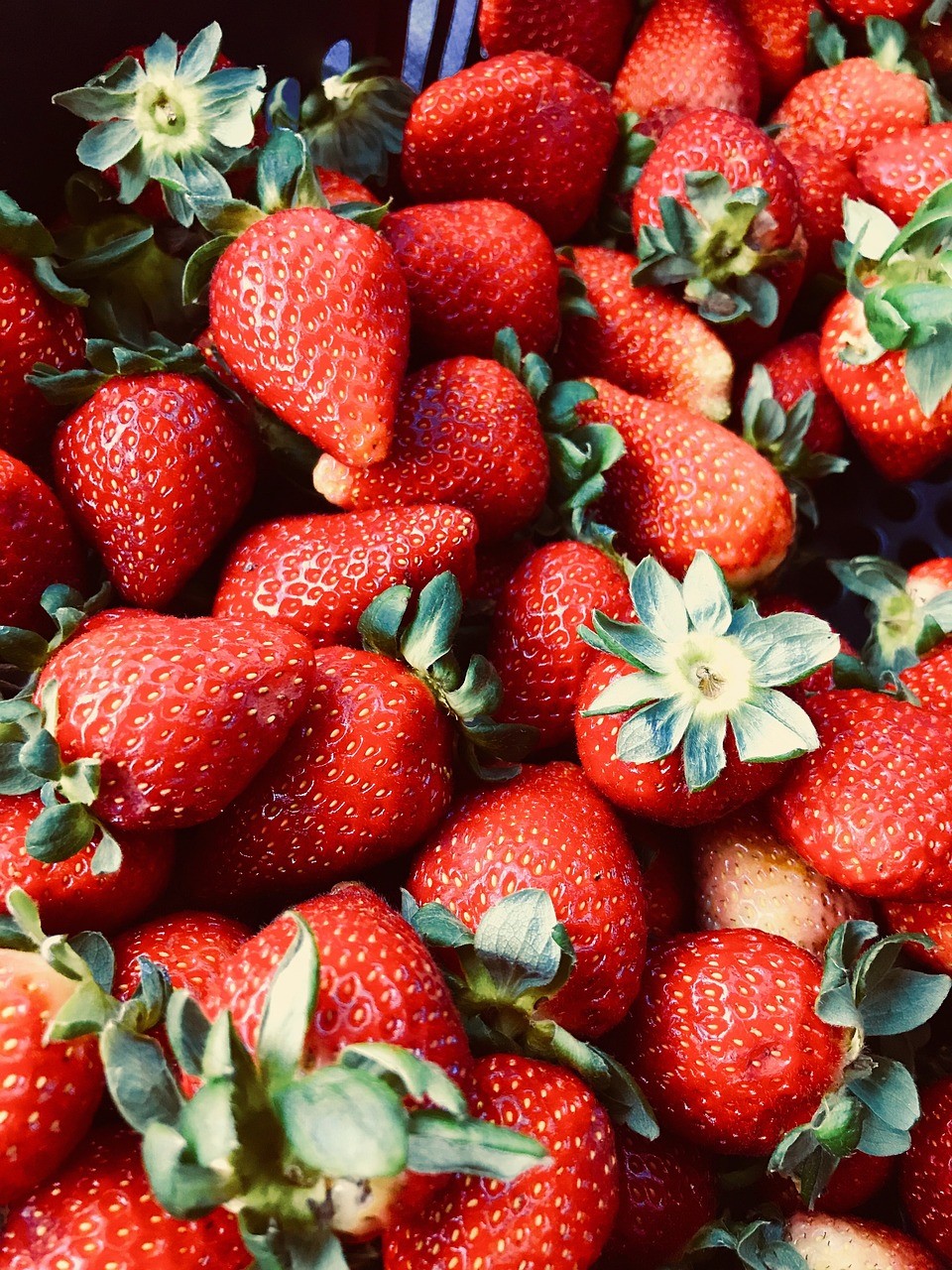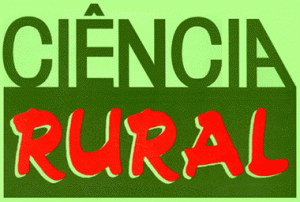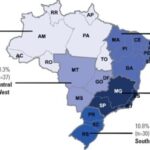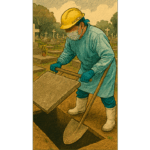Maria Luiza De Grandi, journalist from Ciência Rural, Santa Maria RS, Brazil.
Renar João Bender, professor at Universidade Federal do Rio Grande do Sul (UFRGS). Porto Alegre, Rio Grande do Sul, Brasil.
Strawberry cultivation has great economic and social participation in the state of Rio Grande do Sul, especially due to its importance in family farming. However, strawberries are consistently reported as one of the crops with unauthorized pesticide residues or above the maximum residue limit in Brazil’s main Pesticide Residue Analysis Program (PARA).
Following the creation of a working group called GT Alimento Seguro on the initiative of CEASA-RS, researchers from Universidade Federal do Rio Grande do Sul (UFRGS) developed research to analyze reports of pesticide residues found in strawberries produced in the state of Rio Grande do Sul sold at CEASA/RS. The article Pesticide residues in strawberries produced in the state of Rio Grande do Sul, Brazil was published in Ciência Rural (vol. 53, no. 6).
During the years 2018 and 2019, 62 samples of strawberries were collected at random in the pavilion destined for producers in Rio Grande do Sul at this supply center. Each sample was analyzed for the presence of 238 active pesticide ingredients. To analyze the samples, descriptive statistical analysis was used for the parameters for evaluating pesticide residues, considering the parameters used by the National Health Surveillance Agency (ANVISA), Food and Drugs Administration (FDA) and European Food and Safety Authority (EFSA).
Of the 62 samples taken over two years, 40% were satisfactory. Of the 25 satisfactory samples, three contained no pesticide residues, and 22 showed residues below the maximum residue limit (MRL) stipulated by the National Health Surveillance Agency (ANVISA), therefore perfectly suitable for consumption in accordance with legislation.

Imagem: Pixabay.
Of the 37 cases of unsatisfactory samples, 11 were due to an active ingredient not permitted for culture (NPC), 13 due to an active ingredient above the MRL, and 13 reports presented the sum of residues above the MRL and NPC. The most frequently detected active ingredients in the 62 strawberry samples were fungicides (three active ingredients). “These results indicate that producers use these agrochemicals to combat diseases in crops, which could indicate that diseases are the main problem that producers face”, explains Renar João Bender, one of the authors of the article.
“We are of the opinion that the analysis of pesticide residue data and the correct communication of results are the necessary tools to be used to equalize knowledge about the monitoring of pesticide residues and thus contribute to preventing us from having problems with the presence of residues in horticultural products sold at CEASA”, adds Eng. Agr. Guilherme Fraga, one of the authors.
This research is particularly important for strawberry producers in the state of Rio Grande do Sul, as it aims to dispel the image that strawberries, like other products, produced in RS are contaminated and have high pesticide residues. The study also demonstrated that more detailed and accurate information is crucial for extension agents to guide producers, and this was proven by training carried out by Emater teams with producers. In the second year of residue analysis, a reduction in the percentage of strawberry samples with non-conformities regarding the presence of residues was observed.
Yes, we have problems, but rushing to generalizations is detrimental and affects the entire group of producers, as only a few present products with problems. “So, identifying these producers and guiding them so that they also have a strawberry in compliance with national legislation regarding the presence of residues is one of the important points of this work by GT Alimento Seguro”, concluded Guilherme Paim and Prof. Bender.
To read the article, access
FRAGA, G.P., BERLITZ, F. and BENDER, R.J. Pesticide residues in strawberries cultivated in the state of Rio Grande do Sul, Brazil. Ciência Rural [online]. 2023, no. 53, vol. 6, pp. 20220153 [viewed 09 November 2023]. https://doi.org/10.1590/0103-8478cr20220153. Available from: https://www.scielo.br/j/cr/a/yY95mKvhhBmPQcJyQ9tVMfv/
External links
Ciência Rural – CR: https://www.scielo.br/cr/
Ciência Rural – Site: http://coral.ufsm.br/ccr/cienciarural/
Ciência Rural – Social Media: Twitter | Facebook | Instagram
Como citar este post [ISO 690/2010]:


















Strawberry cultivation has great economic and social participation in the state of Rio Grande do Sul, especially due to its importance in family farming. However, strawberries are consistently reported as one of the crops with unauthorized pesticide.